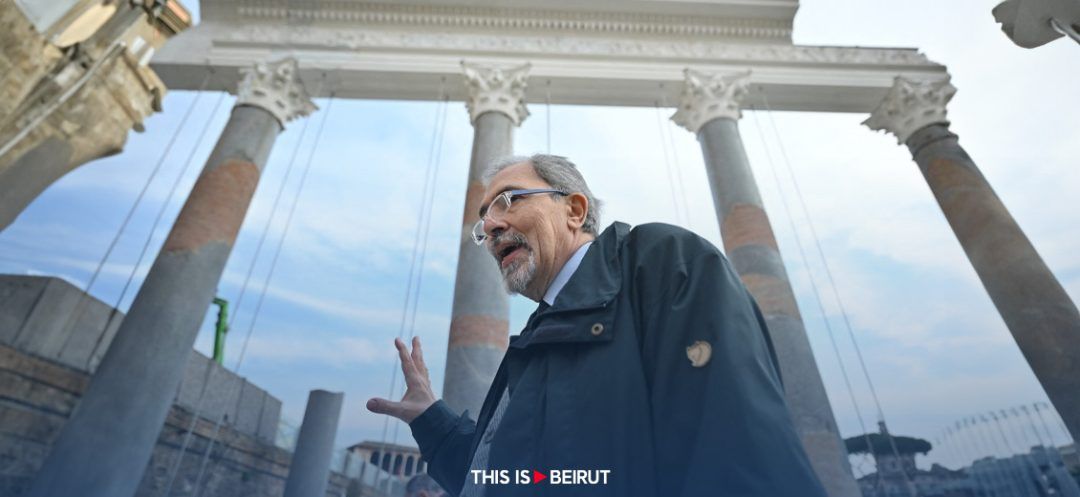
Rome’s iconic forum experiences a revival as the imposing columns of Trajan’s basilica receive partial reconstruction, funded by a now-sanctioned Russian oligarch.
The restoration of a section of the Basilica Ulpia, which once stood as a symbol of grandeur in ancient Rome, breathes new life into the city’s rich history. While many restoration projects in Rome typically involve excavating ruins, the reconstruction of the basilica’s Corinthian colonnade elevates visitors’ perspectives, drawing their gaze upwards to a height of over 23 meters.
Claudio Parisi Presicce, Rome’s cultural heritage chief, emphasizes the significance of appreciating the monuments’ vertical scale to fully grasp their architectural significance. The Basilica Ulpia, a cornerstone of Trajan’s Forum, named after Emperor Marcus Ulpius Traianus, witnessed its heyday in the second century before succumbing to partial collapse during the Middle Ages. Its rediscovery in the 19th and 20th centuries paved the way for the current restoration efforts initiated in 2021.
The restoration project unearthed three neglected green marble columns, left idle for nearly a century, and ingeniously repositioned them atop granite pillars marking the basilica’s perimeter. Between these monumental columns, archaeologists and technicians meticulously recreated the entablature, adorned with decorative friezes depicting winged victories and offering sacrifices.
The funding for this ambitious project, totaling 1.5 million euros, was originally provided by Uzbekistan-born oligarch Alisher Usmanov in 2015. However, his subsequent sanctioning by the European Union and the United States following Russia’s invasion of Ukraine raised ethical questions regarding the source of the funds. Despite these concerns, Parisi Presicce underscores the universal value of preserving Rome’s ancient heritage, regardless of its financial origins.
[gallery size="large" ids="225008,225009,225010,225011"]
Trajan’s legacy, characterized by extensive military campaigns and territorial expansion, is immortalized in the spiraling bas-reliefs adorning Trajan’s Column, located adjacent to the basilica. Constructed using luxurious materials sourced from distant lands, the basilica housed judicial functions and administrative affairs, boasting an architectural design crafted by the renowned architect Apollodorus of Damascus.
While previous excavations unveiled fragments of the forum and its basilica, the restoration project aimed to complete the missing elements of the colonnade’s second tier. Resin replicas of original marble fragments, coupled with meticulous attention to detail, facilitate seamless integration of historical accuracy and modern restoration techniques.
As the project nears completion, efforts are focused on recreating the southern stairs using ancient yellow marble discovered on-site. With Rome undertaking 150 archaeological initiatives scheduled through 2027, supported largely by EU post-pandemic recovery funds, the city continues its commitment to preserving its cultural heritage for future generations to cherish and admire.
With AFP
Read more




Comments